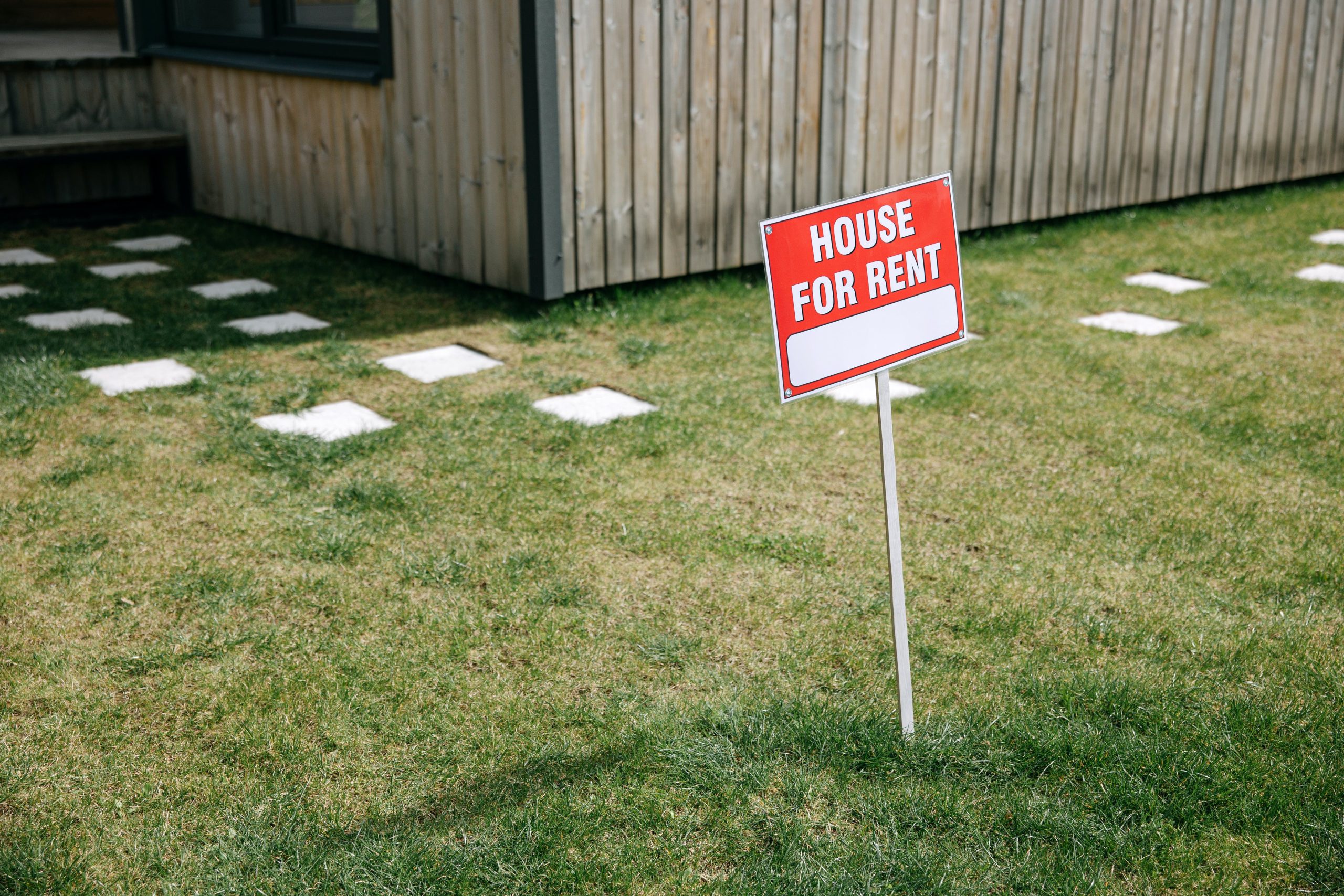
The Housing Choice Voucher Program (Section 8) originated under the Housing Act 1937. It helps low-income families, the elderly, and disabled persons find housing in the private market by providing rent payment assistance. Participants can select safe, sanitary housing in single-family homes, townhouses, or apartments.
So, how do landlords join this program, and what are the risks and benefits? Demand for Section 8 housing tends to be high, which means units often fill quickly and remain occupied long-term. On the other hand, participation involves extra work, communication, and oversight. Here are five points to consider in your analysis.
Role of PHAs. Local public housing agencies (PHAs) administer the Housing Choice Voucher Program. The U.S. Department of Housing and Urban Development (HUD) provides funds for PHAs to cover the costs of the program and to make housing assistance payments. A few of the PHA’s key roles are to screen applicants, inspect rental properties, determine fair rent prices, and assist participants in finding compatible units.
Getting Started. A landlord who wants to offer a rental unit through the Housing Choice Voucher Program should contact their local PHA. The PHA will then analyze the rent’s reasonability for the area and perform a property inspection. Once the PHA approves a unit, they may list the property for rent on their website.
Inspections. Inspections are a central component of Section 8 to ensure participants reside in habitable units. The Housing Quality Standards inspection focuses on thirteen performance requirements, including security, waste disposal, electricity, air quality, and water supply. If the unit doesn’t pass inspection, the landlord will have a specific time to fix the issue before re-inspection. Once a landlord is part of the Voucher Program, ongoing inspections will occur every year or two and whenever complaints arise to ensure continued Section 8 compliance.
Tenant Selection. Applicants must pass an initial screening with the PHA before enrollment in the Section 8 program. But when a landlord selects a tenant for their rental unit, they may also use their screening process. Once the landlord chooses a tenant, the renter must follow all lease terms and the PHA program requirements. They must also properly maintain their unit and notify the PHA of any income or family changes.
Rent Payments. The PHA will pay a significant portion of the monthly rent through the voucher program, with the remainder being the tenant’s responsibility. The landlord will sign a Housing Assistance Payments Contract with the PHA to guarantee that voucher payments go directly to the landlord. These payments should provide a consistent source of income but won’t start until after the tenant has moved in. Once a year, landlords may request approval for a reasonable rent increase.
For more information, see this Fact Sheet and Guide to Getting Started published by HUD. While the additional requirements appear intimidating, participating in the Section 8 program lets landlords fill vacancies while providing secure housing to tenants in need.
About Rentals America
Rentals America provides full-service property management for residential rental properties. Our team is completely dedicated to property management, and we’re here to help landlords navigate the rental market.










